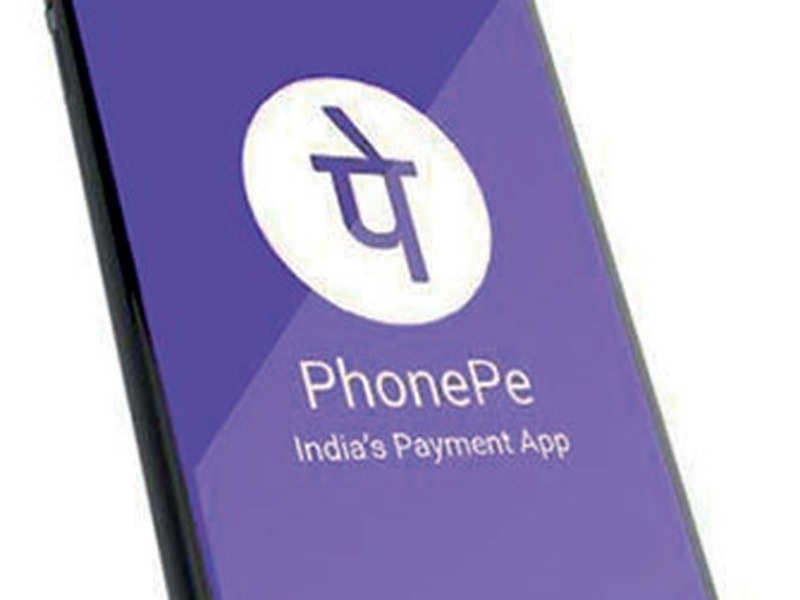Buggy Hardware Driver Updates of Windows 10’s Are Being Fixed

Windows Update doesn’t just automatically update the Windows 10 operating system—it automatically updates hardware drivers, too. That’s resulted in many bugs, but Microsoft is making improvements—and making some of those driver updates optional.
How Windows 10 Has Been Updating Your Drivers
Much has been written about Windows 10’s automatic operating system updates, but hardware drivers often go overlooked. Device manufacturers can upload new versions of their drivers to Windows Update and Windows 10 automatically installs those when they’re available.
Hardware drivers may contain serious security problems or bugs that lead to serious operating system instability. Most people don’t update their hardware drivers manually and most PC manufacturers have terrible driver update utilities. That’s why Windows delivers hardware drivers and their updates through Windows Update.
This also makes it possible to install Windows 10 on a new PC without hunting down most hardware drivers—Windows will automatically find and install the relevant drivers.
Bugs, Bugs, Bugs
Unfortunately, time after time, this automatic update process has led to bugs creeping in. Here are just a few examples. The following drivers were all automatically installed by Windows Update, leading to hardware suddenly breaking for no apparent reason:
- In March 2017, Microsoft released a device driver that broke the MTP protocol used by Android phones, media players, and other portable devices. They wouldn’t appear in File Explorer until you went through a 13-step process in the Device Manager to undo the damage.
- In October 2018, Microsoft released an Intel audio driver update that broke audio playback on some systems. Microsoft said the audio driver update was “incorrectly pushed to devices.”
- A month later, Microsoft released an Intel graphics driver update that broke audio playback on other systems. Microsoft said Intel had released the wrong versions of its display drivers to PC manufacturers.
- In February 2016, chipmaker FTDI used Windows Update to push an update that identified and disabled counterfeit chips modeled on its design. Sure, they were counterfeits—but FTDI was using Windows Update’s automatic driver updates to break otherwise functional hardware that some people had been tricked into purchasing. This was the second time FTDI used Windows Update to attack counterfeits. In 2014, FTDI used Windows Update to push a driver that actually “bricked” the counterfeit hardware, rendering it non-functional.
Anecdotally, we’ve heard of many other cases of automatic driver updates causing havoc on well-functioning systems. These are just a few of the examples we remember.
It would be nice if these updates received better testing and if some of them were optional. Microsoft is doing just that with some recent changes.
Get Ready for Optional Driver Updates

Microsoft now lets driver manufacturers mark some driver updates as “Manual” rather than “Automatic” when uploading them to Windows Update. This new option was made available to manufacturers on Feb. 19, 2020.
Starting with Windows 10’s upcoming 2004 update, also known as 20H1 and expected in Spring 2020, these drivers will be available behind a new “View optional updates” link on the Windows Update Settings screen.
This screen will show you optional driver updates for your PC’s hardware. It reads “If you have a specific problem, one of these drivers might help. Otherwise, automatic updates will keep your drivers up to date.” In other words, Microsoft is encouraging most people not to bother with these updates.
Important driver updates with security fixes and patches for other serious bugs will still be marked “automatic” and will be automatically installed by Windows Update.

All Automatic Driver Updates Will Get a Slow Rollout
Microsoft’s announcement says that all its partners will now be able to mark hardware driver updates as “automatic.” At first, that sounds a little questionable—do we really need more automatic hardware driver updates?
However, it looks like Microsoft is about to do much more testing of these drivers. When a new driver version is marked as “automatic,” it will be slowly rolled out to Windows 10 PCs with “throttling,” just like major updates for Windows 10 are. Only a small number of PC users get the update at first. Microsoft can automatically detect problems and pause the rollout. Windows Update won’t just automatically offer the driver update to all PCs.
Microsoft’s Kevin Tremblay explains how this should make driver updates less buggy in a comment on the Microsoft Tech Community:
All drivers published as automatic are subject to driver flighting, and gradual rollout. During these periods we are reviewing telemetry around the performance of the driver, and it’s effects on overall system health. We catch a lot of driver issues this way before they hit the Windows user base writ large. From an end user perspective we believe this will result in higher quality drivers (stable, performant) being delivered, and a better ability to stay current.
It isn’t clear exactly how many hardware drivers were going through this gradual process prior to February 2020’s change. However, it definitely wasn’t all of them. An article published in 2019 on Microsoft’s Hardware Dev Center portal for hardware manufacturers says “Eventually, all drivers submitted to Windows Update will go through gradual rollout.” That suggests some driver updates were being pushed immediately to all applicable devices without the gradual rollout process.
Microsoft Is Battling Windows 10’s Bugs
Microsoft is still struggling with bugs—just look at the recent bug in a security update that’s causing people’s files to vanish.
However, overall, Microsoft has been making Windows 10’s updates more stable. Windows 10’s November 2019 Update was the best yet, and Microsoft is giving the upcoming 2004 update a long bug-testing period at the moment.
Driver updates won’t become bug-free overnight, but requiring driver updates go through the gradual testing process is a sensible step that should improve things.
